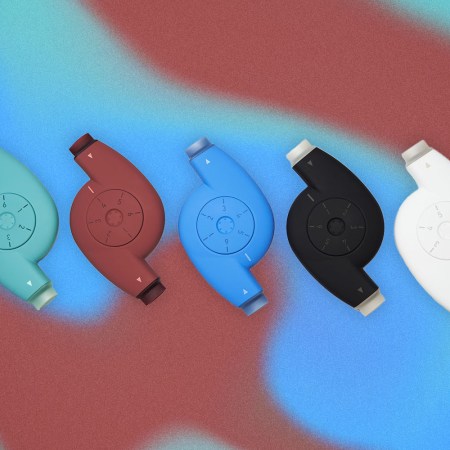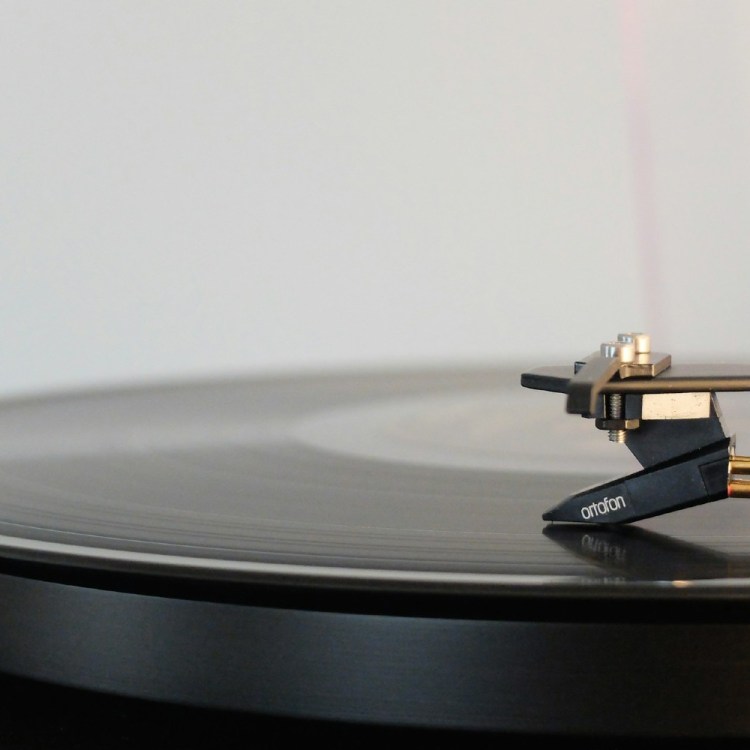As different forms of biometric scanning become more and more widespread, we’re all learning a lot about what aspects of our bodies can be used to identify us. Fingerprints and retinal scans are two very obvious ones, but there’s new evidence that something much more basic might also be unique to each and every one of us: the way we breathe.
The title of the paper, published this week in the journal Current Biology, gives a good sense of what readers can expect: “Humans have nasal respiratory fingerprints.” The paper’s authors created a device that could document a person’s nasal airflow, and then checked the records accumulated over a period of time. The results were conclusive: “We found that we could identify members of a 97-participant cohort at a remarkable 96.8% accuracy from nasal airflow patterns alone.”
When conducting this research, the scientists also reckoned with one potential criticism: as they phrased it, “activity impacts respiratory patterns, so perhaps we are merely identifying individuals based on their levels of activity.” To counterbalance this, they tested the data based on the people wearing the device being under different conditions. Most notably, the researchers were able to identify participants at just under 80% accuracy while the study participants were asleep.
Spending a Weekend in America’s Underrated Wellness Capital
Yoga, pickleball, early bedtimes. Miami’s growing up — and getting fit.As Veronique Greenwood pointed out in an article for The New York Times, the study is notable both for what it reveals and for what it might lead to in subsequent research. This included connecting elements of the way study subjects breathe with their body-mass index. Like many groundbreaking studies, this is interesting in its own right — but its full impact may not be discernible for years to come.
The Charge will help you move better, think clearer and stay in the game longer. Subscribe to our wellness newsletter today.


















